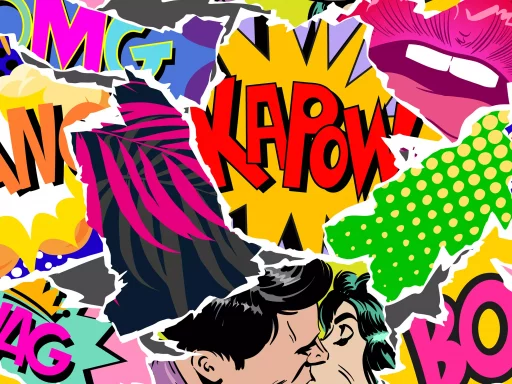Introduction to ASL
In the digital communication era, acronyms play a crucial role in conveying messages swiftly and effectively. One such acronym is ASL. Most commonly known as “Age, Sex, Location,” ASL has become a staple in online chats, social media, and text messaging. This article delves deep into what ASL means in text communication, its significance, usage, and how it has evolved.
Understanding the Meaning of ASL
ASL stands for:
- Age: Refers to the sender’s current age.
- Sex: Indicates the sender’s gender.
- Location: Specifies the sender’s geographical location.
This abbreviation is typically used in online messaging and social platforms to provide essential personal details succinctly, helping users to establish rapport quickly in conversations.
Historical Context of ASL
The emergence of ASL can be traced back to the early days of Internet chat rooms in the 1990s. As digital communication grew, users sought shortcuts to convey their identities and preferences. ASL became a kind of code or shorthand, making it easier to engage with strangers online.
Significance of ASL in Online Communication
Understanding and using ASL can enhance online interactions in multiple ways:
- Efficiency: ASL allows users to share foundational information quickly, saving time and effort.
- Icebreaker: Providing ASL can act as an icebreaker, making users feel more comfortable in sharing more about themselves.
- Adaptability: The simplicity of ASL makes it easy to use across multiple platforms, whether in forums, chats, or social media.
Usage Example of ASL
Consider a chat between two users on a social networking platform:
User1: Hey! What’s your ASL? User2: I’m 25/F/New York.
This brief exchange reflects how ASL can reveal significant details about someone, helping to create a context for further interaction, thus building trust and interest.
Case Studies: ASL in Digital Culture
Several case studies highlight the relevance and impact of ASL in various online communities:
- Online Gaming Communities: In gaming forums, users often share their ASL to find friends with similar interests or establish teams based on demographics.
- Dating Apps: ASL is prominently featured in dating apps where users want to quickly gauge the compatibility of potential matches.
- Support Groups: In online support groups, users often share their ASL to foster connections and understand shared experiences.
Statistics on ASL Usage
The use of ASL has been quantified in various studies:
- In a survey conducted in 2023, 68% of young adults reported using ASL as an introduction in online chats.
- A study from 2022 revealed that 45% of users found ASL helpful in breaking down initial barriers in online communication.
- Data from social media indicated that posts containing ASL had a 30% higher engagement rate compared to those without.
Challenges and Concerns with ASL
While ASL is widely used, it does pose certain challenges:
- Privacy Issues: Sharing personal information such as age and location can raise privacy concerns for individuals.
- Misunderstandings: The meaning of “sex” can sometimes lead to confusion, particularly in discussions about gender identity.
- Outdated Norms: ASL may not resonate with younger generations who prefer different forms of communication and self-identification.
The Evolution of ASL
ASL continues to evolve with societal changes, reflecting cultural shifts in how people identify and communicate. Many users today are moving towards more inclusive forms of identity expression beyond the traditional gender binary and age justification.
Conclusion
ASL in text communication serves a unique and functional purpose, allowing users to quickly share essential information and foster connections. Understanding its usage, significance, and evolving nature can enhance our digital interactions, ultimately making communication more engaging and meaningful. As society continues to progress, so too will the forms and meanings of communication, including expressions like ASL.




